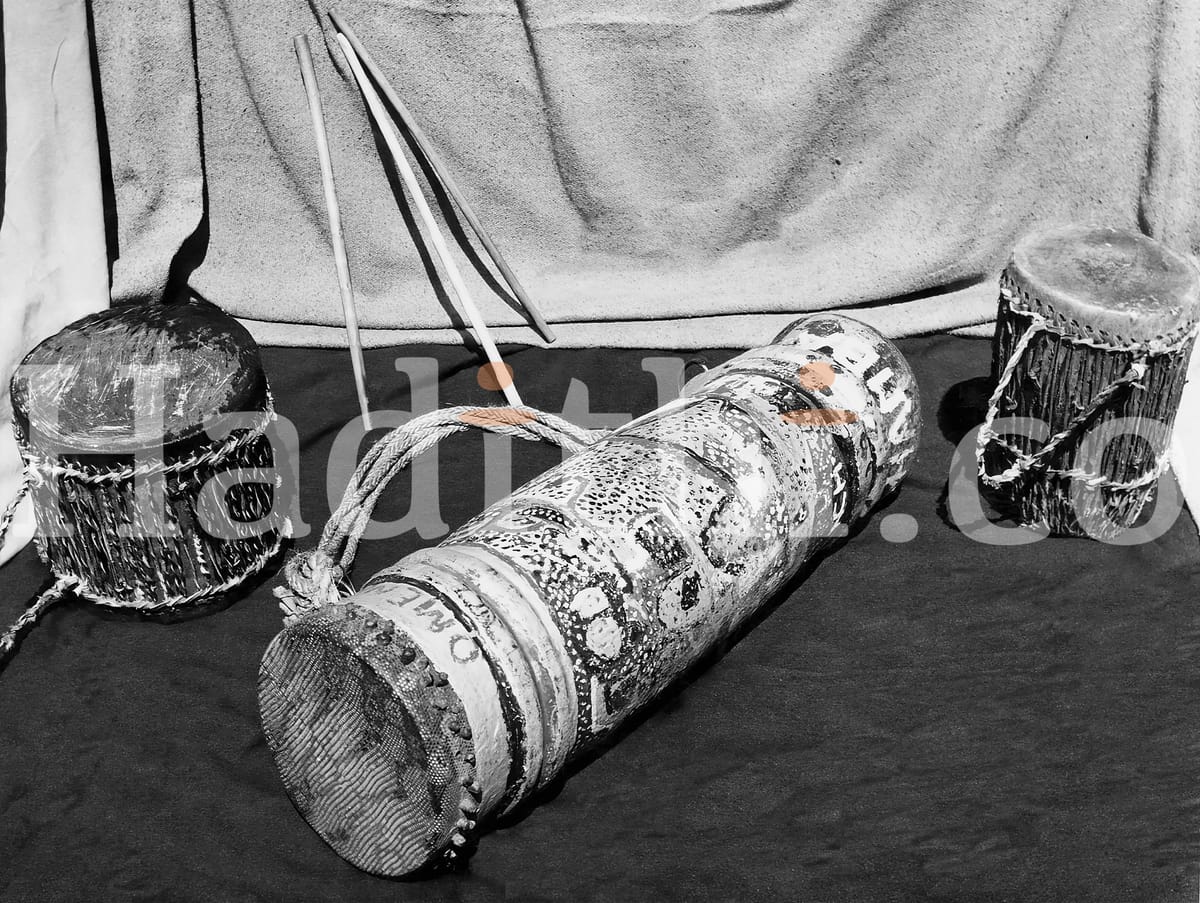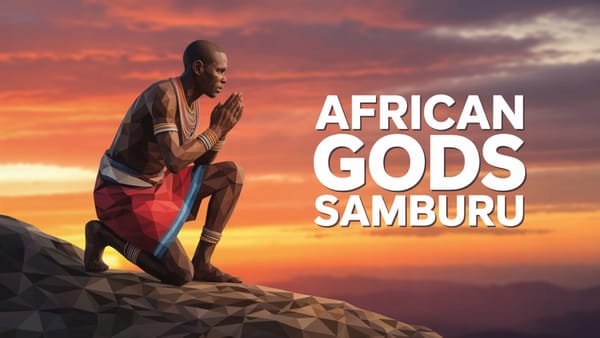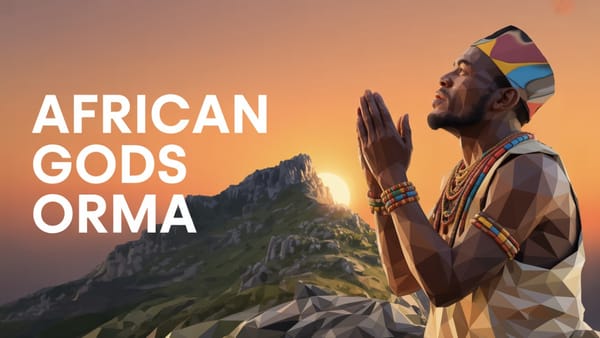The Marachi People and Their Cultural Heritage: The Isukuti Drum

The Marachi are a sub-ethnic group of the Luhya community, primarily found in the western region of Kenya. Their musical and cultural traditions are deeply connected to the broader Luhya culture. Among the many elements that define this heritage, one stands out: the isukuti drum.
What is the Isukuti Drum?
The isukuti is a traditional drum that holds significant historical and social importance for the Marachi and the Luhya people. It is carved from a single piece of hardwood, making it both sturdy and resonant. The drum is hollowed out and covered with cowhide or goatskin, producing a deep and vibrant sound. Unlike larger ceremonial drums, the isukuti is compact and can be played with bare hands, allowing musicians to create fast and intricate rhythms.
The Heartbeat of Luhya Music
The lively beat of the isukuti is at the center of Luhya music and dance. Its rhythm fuels the vibrant energy found in many community celebrations. Whether it’s a wedding, initiation ceremony, or harvest gathering, the isukuti is there, providing an infectious energy that invites people to dance and celebrate together.
The sound of the isukuti is often described as “irresistible to crowds.” When it plays, people are drawn to the music, creating a sense of togetherness and community. It’s not just about entertainment; it’s about sharing experiences and celebrating life.
Social and Ceremonial Roles
The isukuti drum plays a crucial role in the social and ceremonial life of the Marachi people. It is present at significant events such as:
- Weddings: The isukuti sets the tone for joyous celebrations, marking the union of two families. It serves as a symbol of national unity, bringing together the bride's family and the groom.
- Initiation Ceremonies: They help celebrate important transitions in a person's life, particularly for young people entering adulthood. It acts as a symbol of continuity.
- Beer Parties and Harvest Gatherings: These events are essential for community bonding, and the isukuti enhances the festive atmosphere.
- Annual Dancing Festivals: These gatherings bring entire communities together, showcasing their shared culture and traditions.
While larger drums, known as ingoma covers with a membrane skin and broader at the top, may be used during specific rituals or public events, the isukuti is the most iconic drum for performances.
More Than Just Music
For the Marachi and other Luhya sub-groups, drumming and dancing are not just leisurely activities; they serve vital cultural purposes. They mark life transitions, reinforce community bonds, and help preserve oral traditions. Through music and dance, stories of history, identity, and shared values are passed down to younger generations.
The isukuti drum embodies more than just music; it symbolizes unity, cultural pride, and continuity. For the Marachi, participating in dances driven by the isukuti is a way to celebrate life and reaffirm their deep connection to the larger Luhya heritage.
Conclusion
The Marachi people, with their rich cultural heritage, showcase the importance of the isukuti drum in their lives. This traditional instrument is not only a source of entertainment but also a powerful tool for community building and cultural expression. Through the rhythms of the isukuti, the Marachi celebrate their identity and ensure that their traditions live on for future generations.




